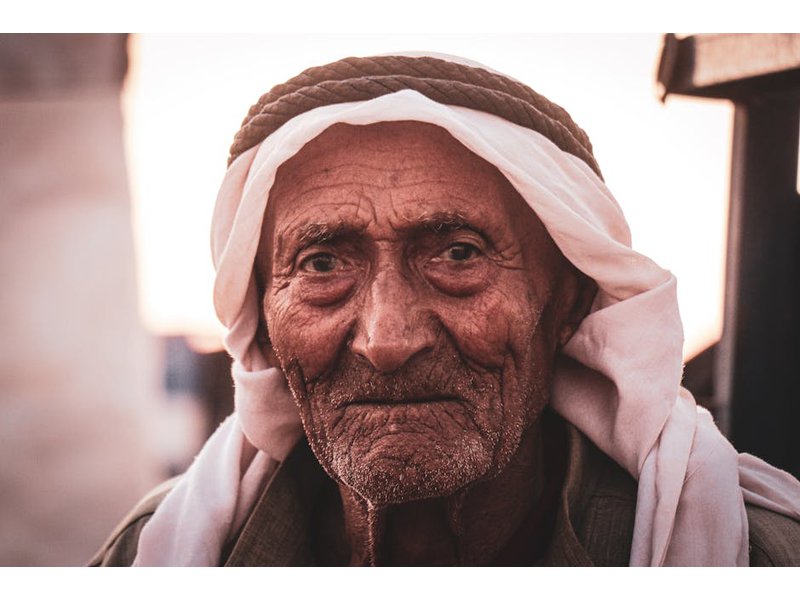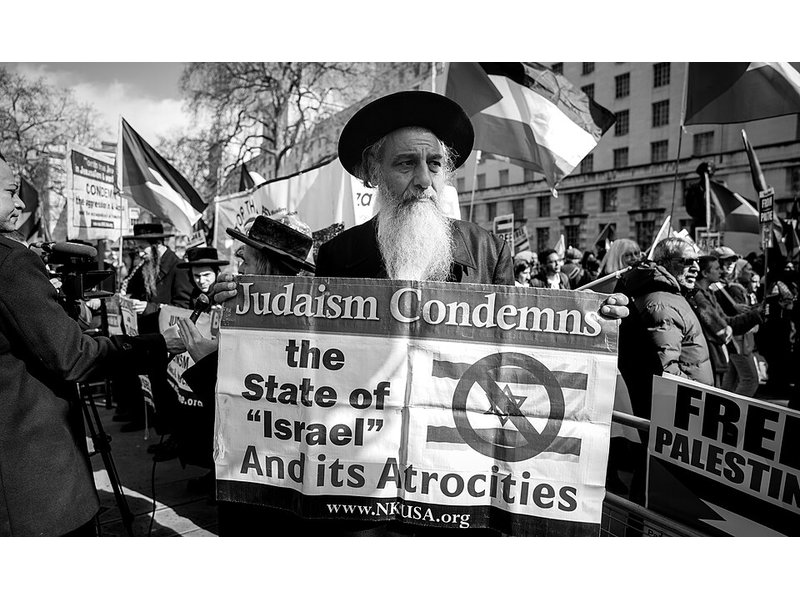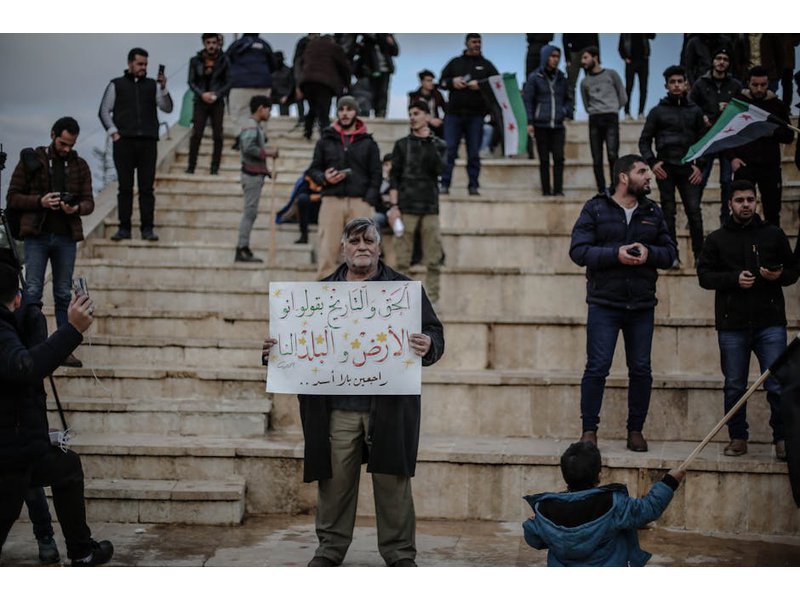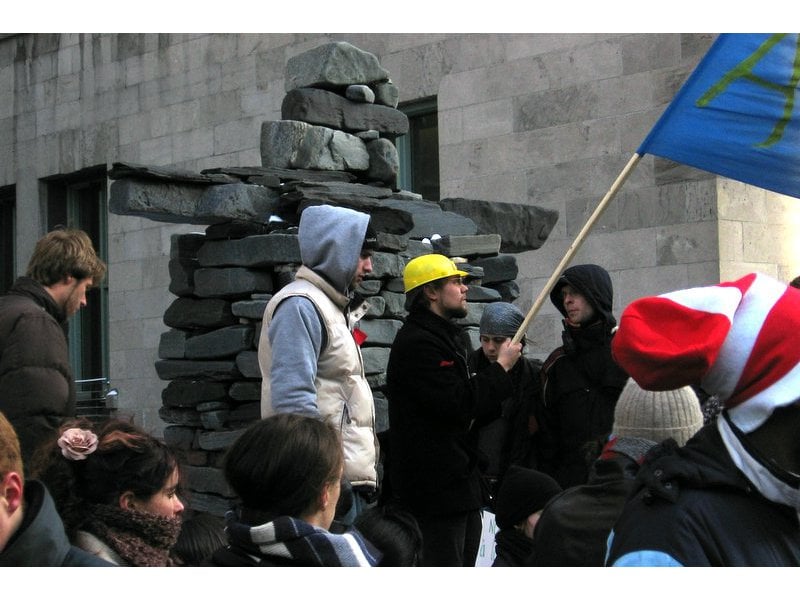114 limited strike

"In the limited strike, which has also been called a “running-sore strike,” the workers continue to perform most of their normal duties in an efficient way, but refuse to perform certain marginal work (either within or beyond their required working hours) or refuse to work on certain days. Such a strike may involve, for example, a refusal to work overtime or to work longer than is deemed reasonable. Transport workers have on occasion refused to operate the last scheduled bus, either for a predetermined period or until a settlement was reached.98"...
High scoring campaigns using this method
Historical cases from the Nonviolent Action Database that used this method
Mexican guest workers gain Walmart, federal response, Louisiana, USA, 2012
The United States has a visa program called the H-2B visa. It allows employers to hire foreigners and let them come temporarily to work in the United States, usually for a one-time or peak load basis. This program has repeatedly been criticized for a...
Japanese protest security treaty with U.S. and unseat Prime Minister, 1959-1960
The political atmosphere in Japan in the 1950s was anything but calm. Still reeling from the Second World War, citizens were coming to terms with their newly democratic leaders—politicians who, before the war, had been ardently fascist. A growing nat...
South Korean Hyundai autoworkers gain higher wages and fewer working hours 2012
On 10 May 2012, Hyundai Motor Company and its union in South Korea began negotiating the terms of a new labour contract. Among other demands, the union demanded higher wages, an end to overnight shifts, and transition of all temporary workers to perm...
South Korean campaigners prevent government intention to weaken unions and facilitate lay-offs, 1997
President Kim Young Sam started his first attempt at changing labour laws in April, 1996. The government formed the Labour-Management Relations Reform committee composed of labour group leaders, management community, academics, and civic groups. It w...
African American auto workers strike for union democracy and better working conditions (DRUM), 1968-1970
Detroit, Michigan had long served as a world center for auto manufacturing. A number of U.S. automobile manufacturers centered their operations in the city, including Ford, Chrysler and General Motors. For decades, as well, the city was a center of r...
Haitians demand civilian government and democratic elections, 1986-88
On February 7, 1986, Haiti's dictator Jean-Claude "Baby Doc" Duvalier fled the country for France after a non-violent campaign for his removal (see "Haitians overthrow regime, 1984-1986"). Before leaving, he set up the National Governing Council (CNG...
Students and doctors protest reservation/affirmative-action system in India, 2006-2008
India has maintained much of its traditional caste system, which separates communities based on the socioeconomic status of the communities’ forefathers. Early 20th century constitutional reforms prevented the kind of medieval discrimination that use...
Low scoring campaigns using this method
Historical cases from the Nonviolent Action Database that used this method





